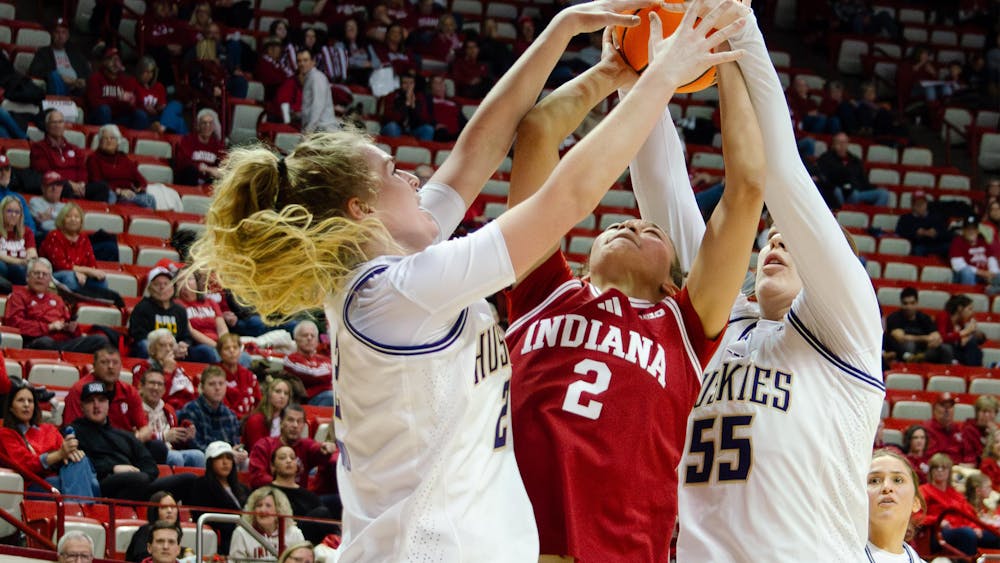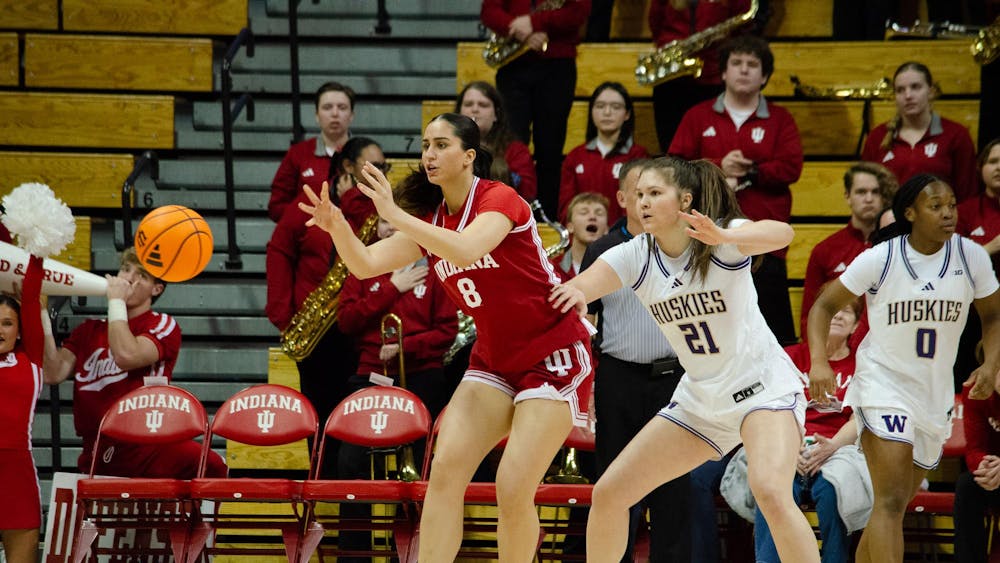Lake Monroe is not safe from watercraft accidents.
On June 28, 51-year-old Susan Collier and her grandson, 8-year-old Gage Pruett, died following a boat collision.
These were just two of the three fatalities that have taken place on the lake in 2010.
Susan Collier and her husband, James Collier, decided to take Pruett fishing on their 19-foot Ranger bass fishing boat.
That same day, 19-year-olds Winston K. Wood, Michael Marietta and Matthew Holmberg took their 23-foot Cobalt runabout speedboat out around Lake Monroe.
The two boats collided just off Water’s Edge at The Pointe, which resulted in the death of Collier and her grandson.
Accidents leading to fatalities have occurred in past years, too. According to the Department of Natural Resources’ reports, there have been 13 total watercraft accidents on Lake Monroe since 2008. In 2009, there was one watercraft accident on Lake Monroe that resulted in a fatality when a person fell overboard.
But for the most recent accident, reports from the DNR and other federal agencies are in the process of concluding that this incident was unintentional for both parties.
“This is not a clear case of someone being at fault and the other one not,” Beaver said. “This was just a tragic accident.”
Toxicology reports did not indicate that Wood, Marietta and Holmberg had consumed any alcohol that day, DNR public information officer Angela Goldman said.
“This all boils down to operator inattention,” Goldman said. “When it gets right down to it, neither saw the other one.”
After three weeks of research and investigation, the DNR is almost ready to turn their report of the incident over to the Monroe County Prosecutor’s Office, Goldman said.
“We’ve talked to all of the people involved and gotten everybody’s version,” Goldman said. “Now we turn it in to the prosecutor for review, and they determine what will happen.”
The DNR’s report of the incident involved a debriefing of all parties involved in the boat accident as well as witnesses’ accounts and reports of the boat accident, Goldman said.
But there are still a few more steps that need to be taken.
“We need to go back to the crash scene, use GPS location and document everything,” Goldman said.
Reconstructing a boating accident requires an in-depth analysis of each piece of damage incurred by both boats and tries to prove exactly how the boats collided, Goldman said.
“One thing about a boat crash versus a vehicle crash is you don’t have indicators left on the road,” Goldman said. “Vehicles don’t move after an accident, and the boats certainly float away.”
Both boats were taken to the Fairfax service area, where conservation officers Tim Beaver and David Reese inspected the boats for two days to determine the angle of impact on each boat, Beaver said.
The report showed that both boats were moving when the Cobalt speedboat hit the back end of the Ranger fishing boat at an angle, Beaver said.
The difference in height might have been a contributing factor to the collision.
“The main difference is that the Ranger is smaller — it’s more of a lower profile and closer to the water,” Beaver said. “The Colbalt is more of a pleasure-type boat and stands off of the water much taller.”
Collisions on Lake Monroe not rare
Get stories like this in your inbox
Subscribe





